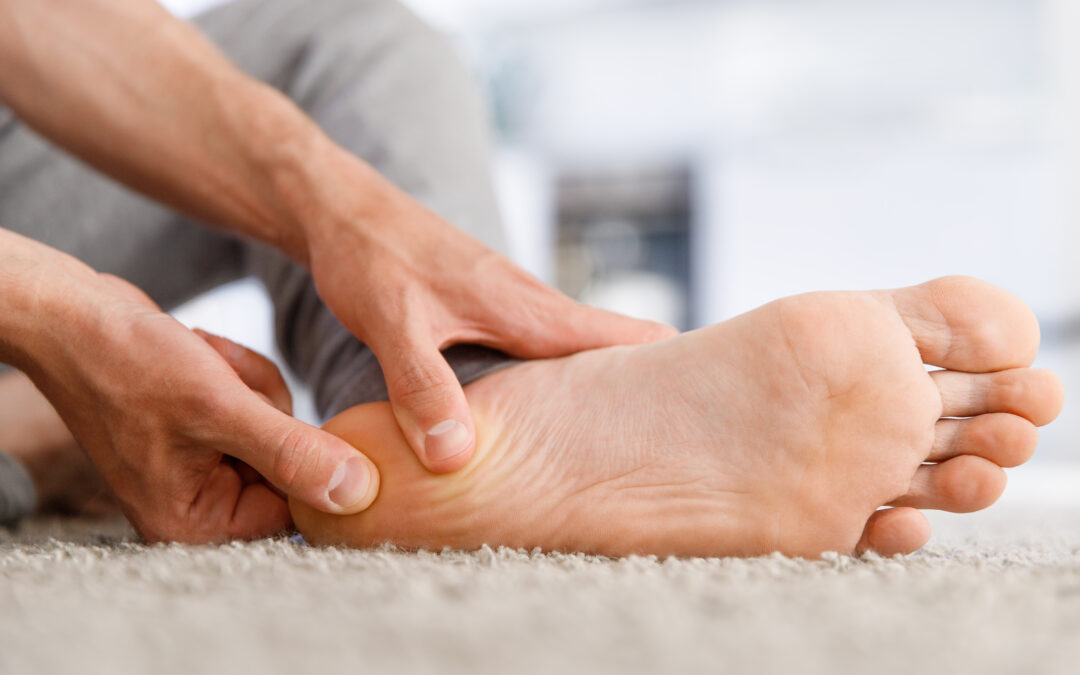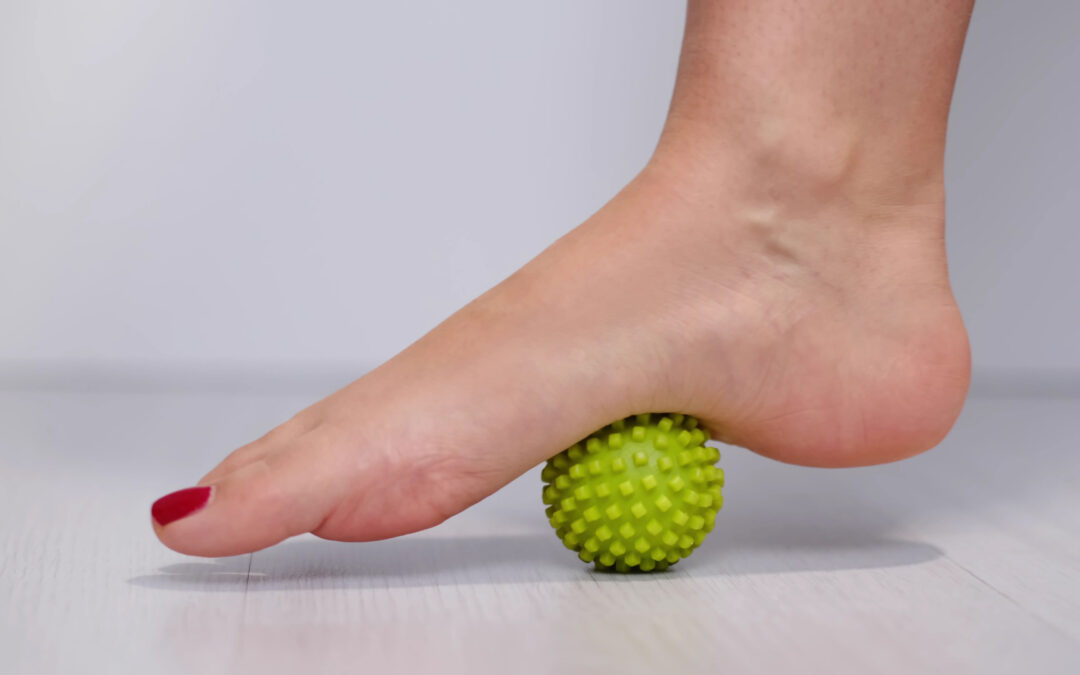Contents
Plantar fasciitis is a common musculoskeletal disorder that affects the plantar fascia. An estimated 1 in 10 people will experience plantar fasciitis in their lifetime. The plantar fascia is a thick band of connective tissue that runs along the bottom of the foot from the toes to the heel bone. Plantar fasciitis refers to inflammation, irritation and microtears in the plantar fascia, leading to intense heel pain. Plantar fasciitis is among the most common causes of heel pain in adults. It often occurs in individuals who engage in prolonged walking, running or standing activities.
Why would a physical therapist recommend plantar fasciitis inserts?
Your physical therapist may recommend plantar fasciitis inserts (PFIs) or orthotic inserts as part of your physical therapy treatment plan. This recommendation could come due to recurring or severe plantar fasciitis. Reasons your physical therapist may recommend these inserts can include:
- Arch support and alignment — PFIs can provide additional support to arches and help maintain proper foot alignment. This helps reduce strain on the plantar fascia and can alleviate pain and promote healing.
- Rehabilitation aid — Plantar fasciitis inserts can be integrated into physical therapy treatment plans. They can help to gradually transition your foot back to its natural mechanics while supporting and protecting the plantar fascia during the healing process.
- Shock absorption — PFIs are constructed of cushioning materials that can absorb shock and impact forces from movement. These can be beneficial for people who are engaged in weight-bearing activities. The reduced impact can lessen the stress on the inflamed plantar fascia.
- Redistributed pressure — Plantar fasciitis inserts can help to distribute pressure more evenly across the foot. This helps reduce the concentrated stress on the heel and arch areas. This can help to relieve pain and prevent further irritation of the plantar fascia.
- Gait correction — An abnormal gait pattern can contribute to issues with plantar fasciitis. Using PFIs can help correct your gait mechanics by encouraging proper foot movement while walking or running.
- Overpronation reduction — Overpronation, or the excessive inward rolling of the foot, is common in individuals experiencing plantar fasciitis. Using PFIs with motion control features can help to correct overpronation and help reduce strain on the plantar fascia.
Physical therapy techniques that can help plantar fasciitis
Physical therapy can play an essential role in the treatment and management of your plantar fasciitis. Physical therapy offers a variety of interventions and techniques that are intended to reduce pain, improve flexibility and address the underlying factors that are contributing to your plantar fasciitis. Some physical therapy techniques that can be beneficial for treating plantar fasciitis with or without the use of PFIs can include:
- Soft tissue manipulation — Soft tissue manipulation can be used to help address the pain you are experiencing from plantar fasciitis. This hands-on technique can help reduce inflammation, improve flexibility and improve healing, as well as help reduce pain. Soft tissue manipulation methods can help improve circulation, reduce muscle tightness and enhance tissue elasticity.
- Kinesiology taping — Kinesiology taping is a physical therapy technique that involves the application of specialized elastic tape to the skin. This taping method is intended to help provide support, stability, and pain relief to muscles and joints. It can also help improve circulation. This improved circulation can help promote tissue healing and inflammation reduction.
- Active release therapy — Active release therapy involves the application of manual pressure to specific points along the plantar fascia. This is intended to promote tissue healing and help reduce the formation of scar tissue.
- Therapeutic exercises — Therapeutic exercises can be vital in the physical therapy treatment for plantar fasciitis. Therapeutic exercises can help improve flexibility, strength, and stability in your foot and the surrounding muscles. They can also promote proper foot movement and help reduce the strain on the plantar fascia. Therapeutic exercises targeting the calf, toes and ankles can all be beneficial in helping with plantar fasciitis.
Physical therapy is a highly effective and noninvasive approach to managing plantar fasciitis. Combining the use of PFIs and other physical therapy techniques can help you regain function, reduce pain and help prevent future episodes of plantar fasciitis. Your physical therapist will do a full assessment to identify the specific factors contributing to your plantar fasciitis. With the information from this assessment, they will design a customized treatment plan suited to your individual needs, lifestyle and goals. As you progress, your physical therapist may add or remove treatments to fit your needs as they change. Changing the treatment can ensure that you are moving toward your goals and achieving your desired outcome of healing from plantar fasciitis.
Lattimore Physical Therapy can help you with your plantar fasciitis
Plantar fasciitis can have a significant impact on your quality of life. Lattimore Physical Therapy’s highly educated physical therapists can help you address the symptoms and causes of your plantar fasciitis. Your physical therapist will design a customized treatment plan specific to your needs. This could be through a variety of techniques and the use of plantar fasciitis inserts. We can help you reduce your pain, improve your mobility, and work to return to your total quality of life.
Contact our team today for more information or to schedule an initial appointment.



